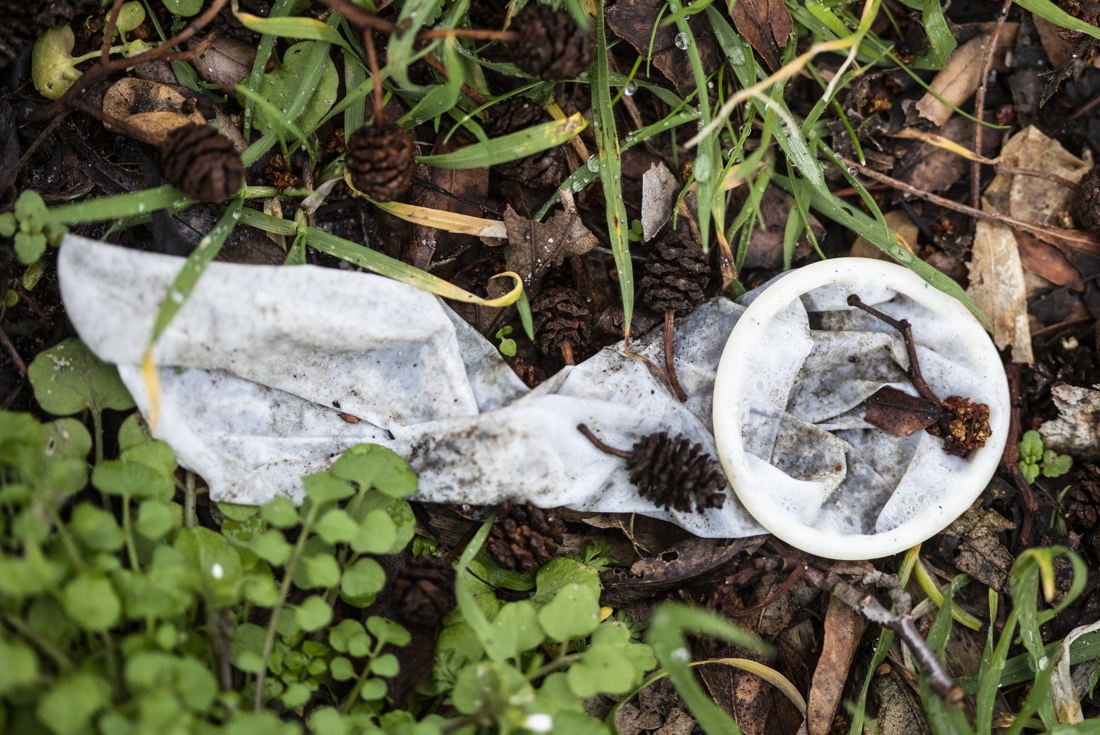While all eyes today are on COVID-19, a virus that first reached humans about a year and a half ago, microbes that are thousands of years old lie dormant elsewhere in the world. They are just as harmful, and just as difficult to combat. Leishmaniasis is one of them. Scientists from the Institute of Tropical Medicine in Antwerp (ITM) investigated the creature in the Peruvian Andes, and found new indications that the emergence of new diseases and climate change go hand in hand. Their research results will be published this week in the American journal PNAS.
Since the 1980s, scientists associated with ITM have been working with the Instituto de Medicina Tropical ‘A. von Humboldt ‘(IMTAvH) in Lima on the molecular epidemiology of leishmaniasis, an infectious disease caused by a parasite and spread via sand flies. The disease causes severe skin or intestinal mutilation and can lead to death. The disease still carries a serious stigma, and it is not uncommon for people who become infected to be expelled from their communities and even their families.
The research into the South American variant was started by Prof. Jean-Claude Dujardin, who, together with Peruvian colleagues in the jungle, collected samples of the parasite for further research in the laboratories of ITM and IMTAvH. A real breakthrough came earlier this year, after Dr. Frederik Van den Broeck brought the frozen samples back to life and, thanks to modern technology, managed to read the entire genome. Led by ITM, an international group of scientists analyzed 67 genomes of the single-celled parasite. The results are groundbreaking to say the least, and teach us a great deal about the development and spread of new diseases.
“This study is a very rare and well-researched example of ecological speciation,” said Dr. Frederik Van den Broeck. ‘She shows us that new diseases can arise as a result of climate change. Parasites like these are interesting models for mapping the emergence of new species. This is because they have an intimate ecological connection with their animal host (eg a sloth) and vector (the sand fly). External factors such as climate change or deforestation can destabilize this ecological connection. This often results in a jump from pathogens to new hosts or vectors. In this case, we showed that from the old leishmania species in the humid Amazon rainforest, a new species emerged in the tropical deciduous forests of the Andes. Using models, we could estimate that this may have happened during the last interglacial period some 120,000 years ago. At the time, the climate was comparable to our current warm climate, which made it easier for the species to spread to other areas. Then came a long period of isolation during the Ice Age where the climate was considerably colder. If such periods of isolation last long enough, it can lead to a new species.
“Today we are completely under the spell of the corona epidemic,” adds Prof. Jean-Claude Dujardin. ‘A disease that is actually still very young, it does not occur in humans for more than two years. Leishmaniasis, on the other hand, is thousands of years old. We have seen drawings on Pre-Colombian ceramic objects of people maimed by the disease. The most pathogenic species is found in the Amazon rainforest. It is one of the diseases that caused the indigenous peoples to flee the jungle to live in the Andes. Meanwhile, leishmaniasis has existed in Europe for several centuries, especially in the areas around the Mediterranean. In recent years, due to global warming, it is getting very close. In some areas like France and Spain it is even endemic, which means that it has started to lead a life of its own. ‘
‘Migration and the way people live and move also play an important role in the spread of Leishmaniasis,’ says Van den Broeck. Since the 1980s, the most pathogenic form of Leishmaniasis has been able to spread more among humans as they penetrate deeper and deeper into the jungle for certain reasons. Think guerrillas or drug traffickers. Thus, the new species came back into contact with the old species, triggering a new local epidemic of Leishmaniasis. Because we had such a unique collection of parasites, we can make these connections very clearly. ‘
The study is therefore a unique example of the influence of humans on the spread of disease. On the one hand due to global warming, on the other due to globalization and migration. ‘As the climate continues to change, we will increasingly see tropical diseases emerge in our regions. And they come to stay ‘, Van den Broeck concludes.
The research results were published this week in the renowned American journal PNAS.
–


